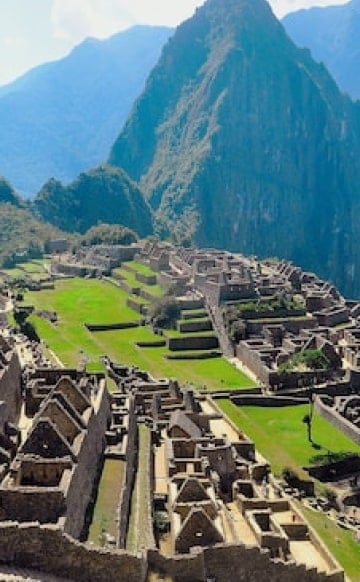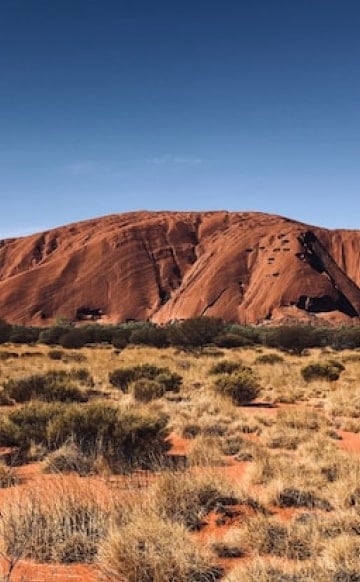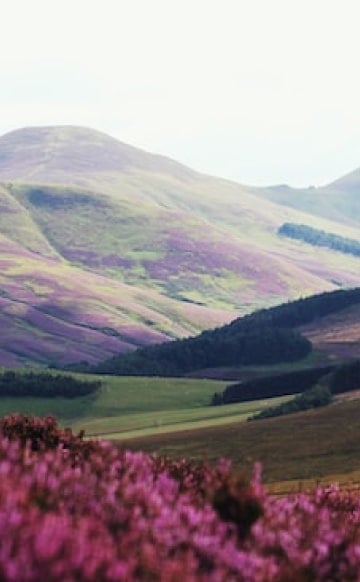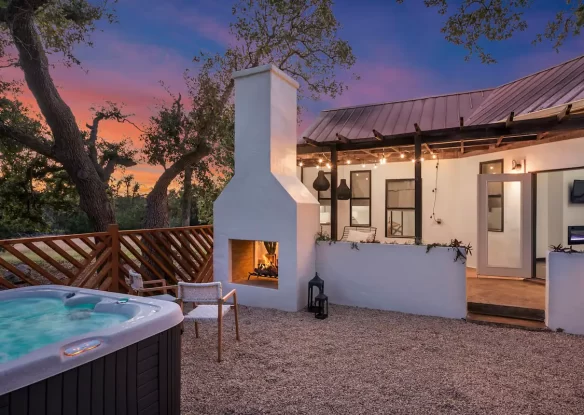As the song “Deep in the Heart of Texas” claims, the “stars at night are big and bright” here in the Lone Star State. These 9 Texas spots offer breathtaking views of the night sky and the Milky Way. View shooting meteorites, moving satellites, planets, and millions of stars, all with the naked eye at these nine best stargazing spots in Texas.

Enchanted Rock State Natural Area
Enchanted Rock is one of Texas’ most popular state parks in Fredericksburg. Known for its massive pink granite rock formation, this park is also great for stargazing since it’s considered an International Dark Sky Park. Hike Enchanted Rock during the day and turn to the sky at night to view many stars. This park is an excellent stargazing option for those in Austin or other central Texas cities.

Caprock Canyon State Park
Caprock Canyon State Park isn’t just known for its breathtaking night sky and where the only wild bison herd in Texas resides. This unique Panhandle state park spans 15,000 acres. Now there are cities nearby, but the hilly landscape blocks the lights from the surrounding towns to give stargazers a clear view at night. Photographers flock here to get a great shot of the Milky Way.

Copper Breaks State Park
Copper Breaks State Park, located in Quanah, is another Panhandle spot perfect for stargazing. Like many other spots on this list, Copper Breaks State Park is known as an International Dark Sky Park. This Texas park draws stargazers, photographers, and astronomers hoping to view various celestial objects. Once day breaks, don’t miss out on the array of hiking trails here and the Texas longhorn herd that regularly calls the park home.

Brazos Bend State Park
The Brazos River flows through this Texas state park an hour outside Houston. The Brazos River draws a wide variety of wildlife. Therefore Brazos Bend State Park is home to several exciting animals, such as American alligators. For stargazing, head to the George Observatory, which contains three telescopes. Depending on the time of year, some visitors have been known to view Saturn’s rings and Jupiter’s cloud belts from the observatory. Check out the George Observatory calendar for overnight stargazing events.

Resaca de la Palma State Park
Birdwatchers and stargazers both flock to this state park in Brownsville. Resaca de la Palma State Park is home to an impressive variety of birds, so enjoy birdwatching during the day and stargazing at night here. Since this state park is far enough away from Brownsville, where it doesn’t experience light pollution, the night skies here are blanketed with stars.

Big Bend National Park
Texas’ most famous national park offers up incredible stargazing opportunities. Located in West Texas and far away from major cities, Big Bend National Park regularly awes stargazers during the night. Also designated as an International Dark Sky Park, stargazers here regularly see shooting stars, planets, and a sky full of stars since the Milky Way is visible here.

Devils River State Natural Area
Home to one of the state’s most pristine rivers, Devil’s River State Natural Area is a popular destination among anglers and campers wanting to enjoy water activities. The night skies here will grant incredible views since this state’s natural area is far from major cities.

McDonald Observatory
Head to McDonald Observatory in Fort Davis to view space objects up close. This observatory regularly hosts tours and stargazing events for the public multiple days a week. The night sky in Fort Davis is already impressive to the naked eye. However, the McDonald Observatory is home to the third largest telescope in the world where incredible views of planets and stars can be seen.

Davis Mountains State Park
Another Fort Davis location perfect for stargazing is Davis Mountains, State Park. This remote state park, where McDonald Observatory is located, is excellent for night photography and stargazing, even if you aren’t looking through a telescope.



















































